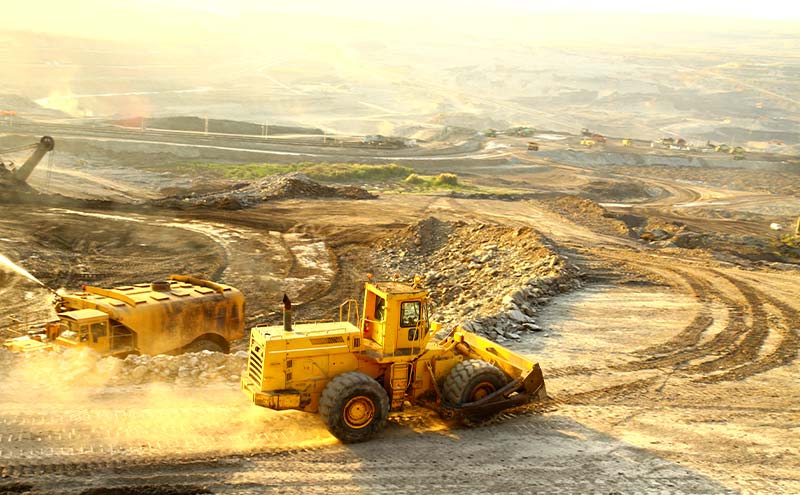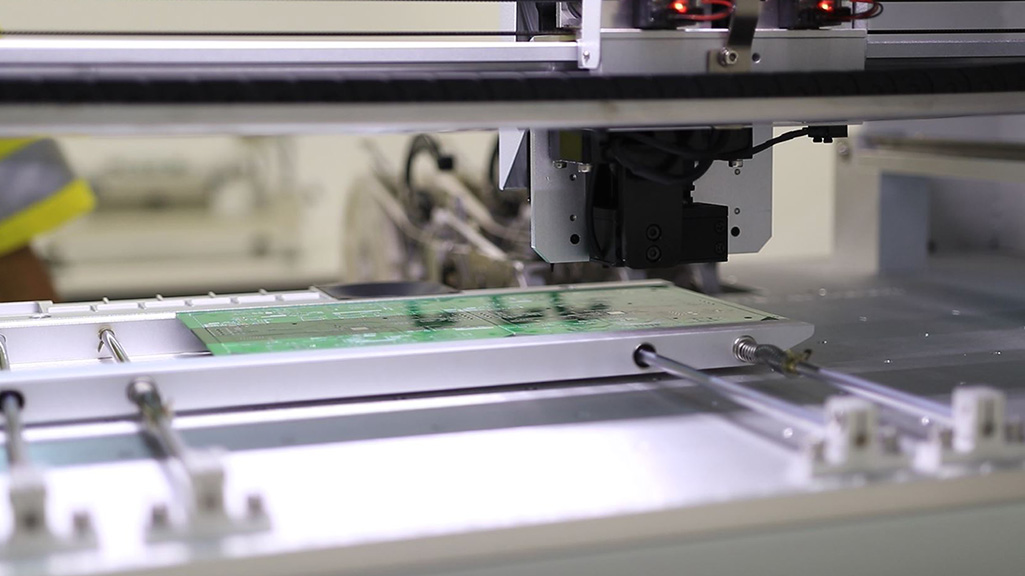Western Australia’s mining regulator updates current refuge chamber maintenance requirements based on safety concerns. The Department of Mines, Industry Regulation and Safety (DMIRS), formerly (Department of Mines and Petroleum’s (DMP)), recent safety bulletin addresses the importance of correct maintenance of refuge chambers in underground mines.
Concerns arose following recent refuge chamber inspections by the DMP, highlighting inadequate maintenance and ad-hoc modifications to chambers. The safety bulletin highlighted concerns that some refuge chambers’ capacity to perform correctly in an emergency may have been compromised.
The safety bulletin explains that a compromised refuge chamber may lead to the following issues during an emergency:
- Inability to support life for the recommended minimum duration of 36 hours
- Ingress of contaminants into the refuge chamber
- Failure of life support systems to operate effectively (e.g. scrubbing and temperature control)
- Reduced battery power capacity
Access More Resources
Why is Refuge Chamber Maintenance Critical?
When the ambient environment becomes unsuitable for breathing during an underground emergency, personnel use their self-contained self-rescuers (SCSR) as breathing apparatus en-route to the safe environment of refuge chambers. Once inside the emergency safe refuge, the internal volume is the last remaining respirable atmosphere until the emergency has passed and help arrives.
Refuge Chambers are defined and identified as Medical Life Support Devices by the WA DMP ‘Refuge Chambers in Underground Mines’ 2013 Guidelines, based on their application and several key features, including;
1. Sealing of the internal atmosphere from the external threat
2. Breathable air supply and redundancies, including:
- An appropriately filtered, dry compressed air connection
- Internal, chemically controlled recirculation (scrubbing) system and oxygen supply
3. Air Conditioning, including;
- Temperature control
- Humidity control
4. Uninterruptable power supply (UPS) and secure storage
If a refuge chamber is not maintained, the life-supporting systems are not guaranteed to work during emergencies – placing others’ lives in danger.
Recommendations for Refuge Chamber Maintenance Requirements
The DMP recommended several actions that will help maintain a refuge chamber to support life in an emergency. These actions suggest a ‘formal change management process to refuge chamber modifications.
Functionality and Refuge Chamber Operation
A formal process should be in place to ensure a refuge chamber remains operational during emergencies. The functionality should be check regularly and after each relocation.
Refuge Chamber Modifications and OEM Spare Parts
It is vital that the original equipment manufacturer’s (OEM) review and authorisation before modifying the chamber.
Before making any structural or component modifications to a refuge chamber, including replacing spare parts, the site must contact the OEM. Contacting the OEM will ensure the changes are compatible with the refuge chamber and will not hinder emergencies.
If using non-OEM parts, to ensure the refuge chamber’s safety and duration are not compromised, the service technician or site must always provide proof of testing.
The Dangers of Non-OEM Part Replacement on Refuge Chambers
The use of non-OEM parts and ad-hoc modifications to refuge chambers impact the refuge chamber’s overall emergency duration.
Some of the most common problems encountered during service or audit include:
- Replacement of scrubbing chemical with a different type or shape to the recommended OEM chemical
- Poor battery maintenance, such as replacement with alternate brands or battery types that have differing charging characteristics
- Incorrect installation of the door seal, resulting in a loss of positive internal pressure.
- Poorly maintained air filter system, including incorrect replacement of parts and dirty filter elements.
The DMP Safety Bulletin dictates that sites should ensure repair, replacement or maintenance work is undertaken by a competent person(s) following the OEM’s specifications.
Refuge Chamber Servicing and Training Through MineARC
MineARC Systems consider personnel who have undertaken its service training program and are fully certified by a qualified MineARC Representative, competent in refuge chamber maintenance.
MineARC offers a Service School free of charge to clients, delivered virtually at MineARC Training Centres, or on-site training for larger groups. Once completed, personnel receive a unique Certification ID number. Recording the ID on every refuge chamber at service completion helps inspectors and sites quickly identify the technician.
MineARC understands that this latest DMP Safety Bulletin may impact some sites and ensure all refuge chambers comply with DMP regulations. MineARC offers free safety audits to all sites providing peace of mind that it complies with these latest recommendations. If serviced by MineARC technicians, sites can be confident that its refuge chambers are fully covered by MineARC’s AUD 20 million product liability insurance, operate optimally in emergencies, and comply fully with all DMP guidelines.
If you have any queries or concerns regarding this bulletin and how it applies to your current refuge chamber maintenance regime, please do not hesitate to contact our experienced MineARC Systems Service Department.








